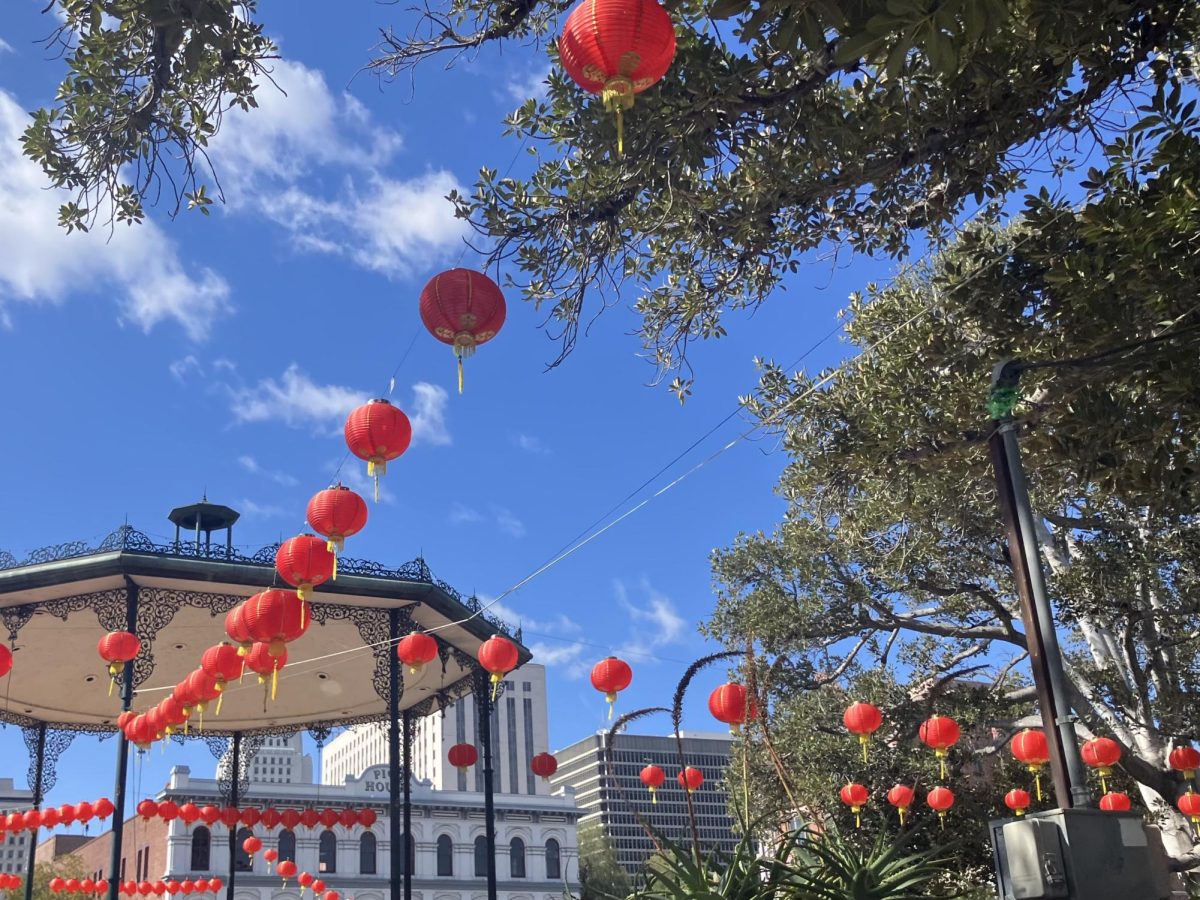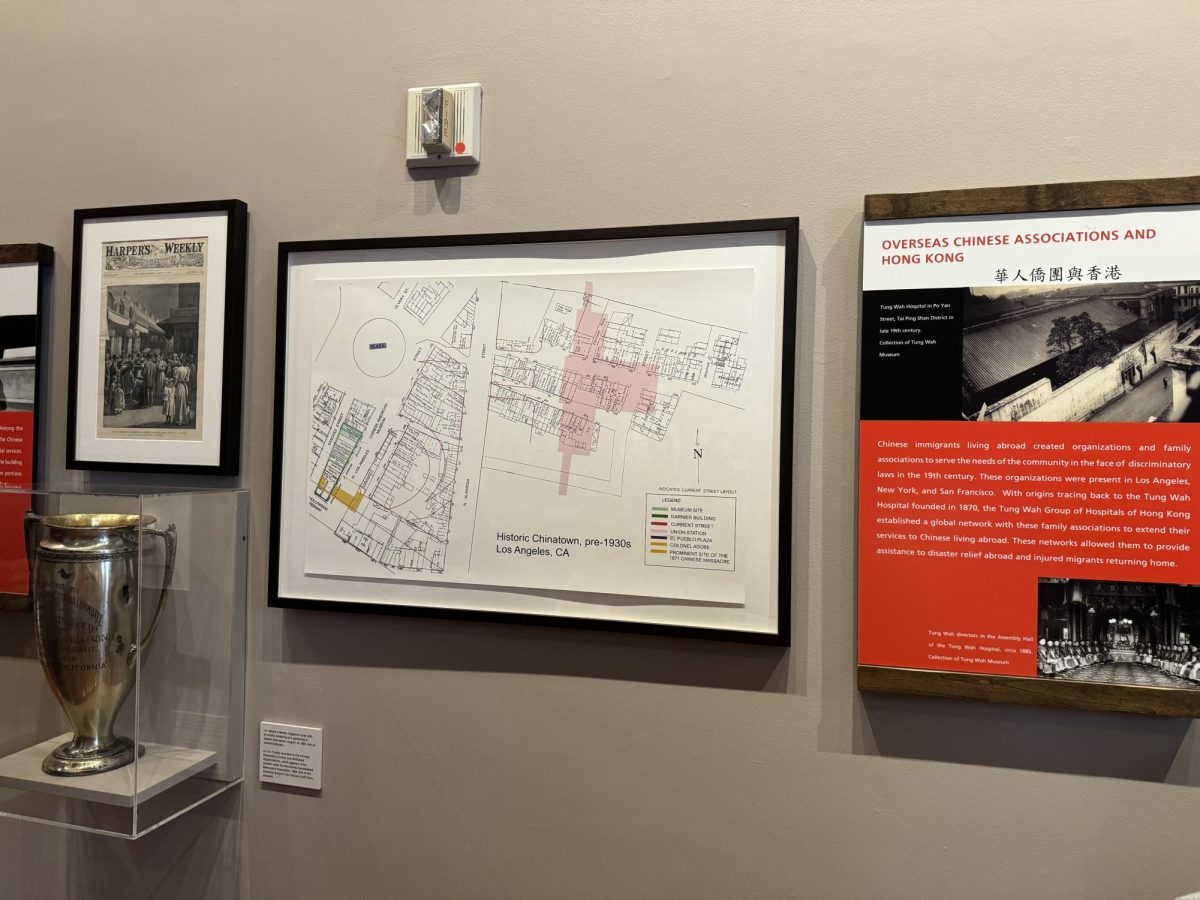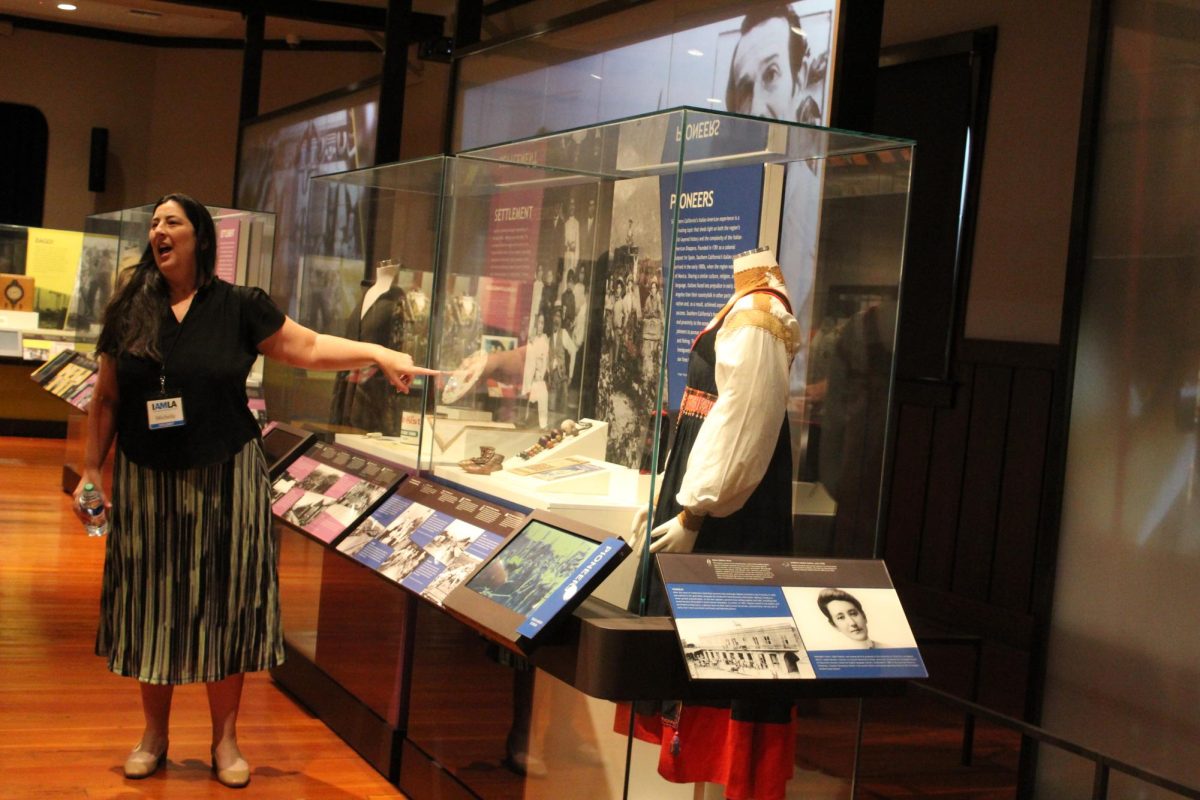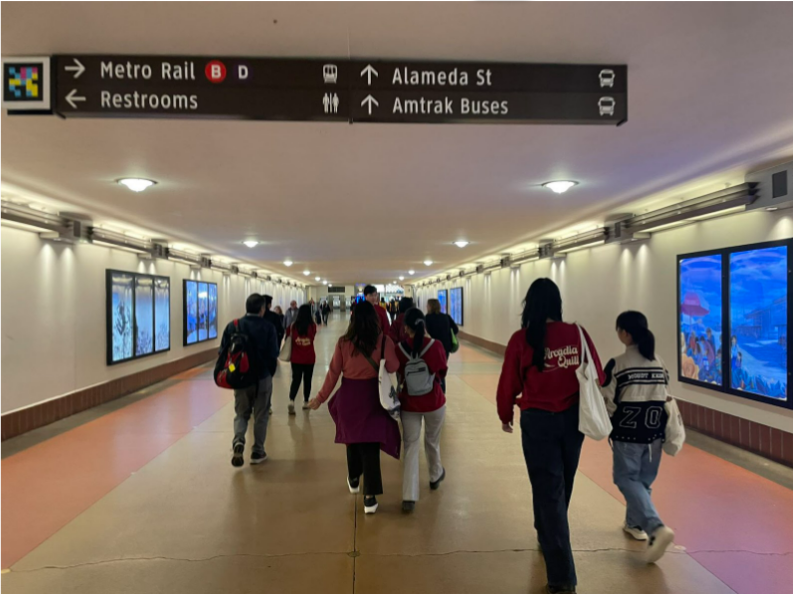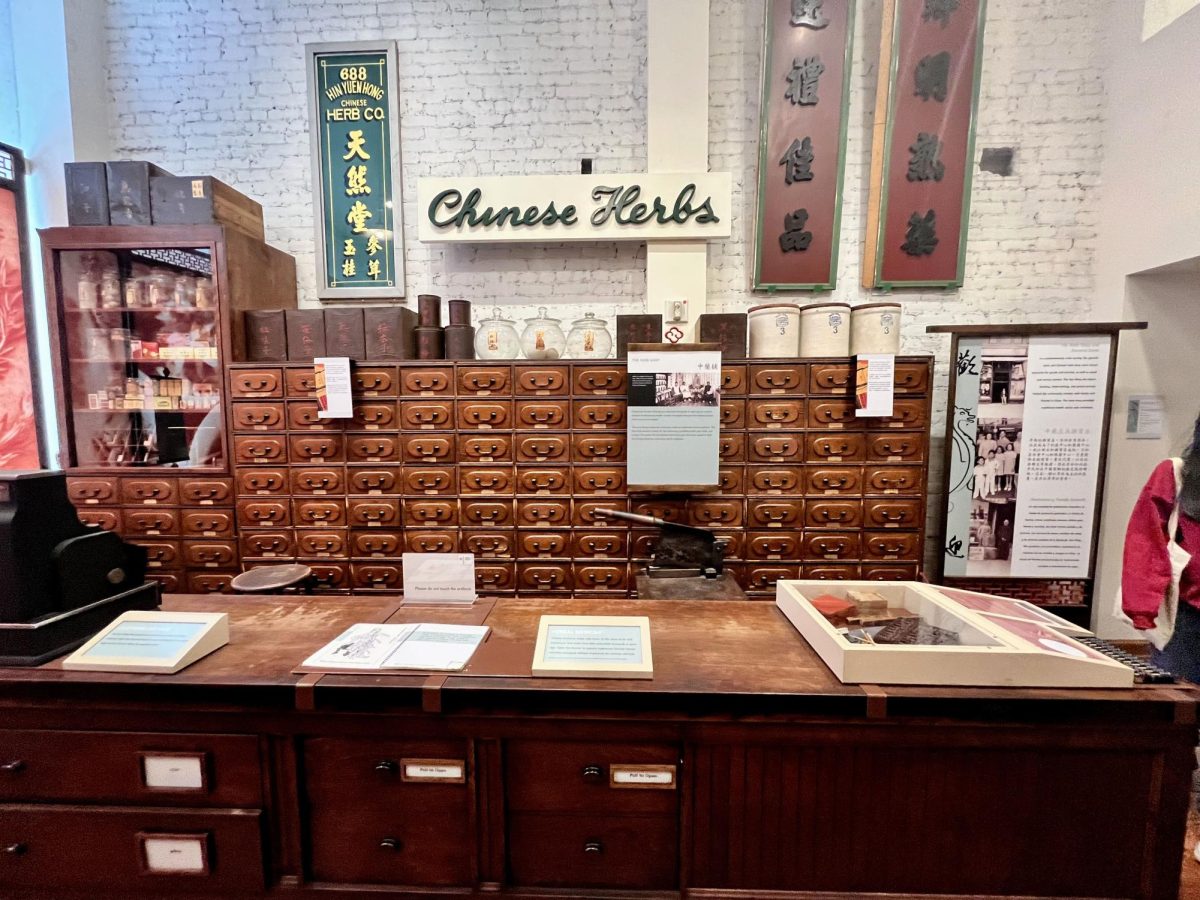In the U.S., cars are king. Fastest way to an urban center? Highway. The quickest way to get a bunch of people where they want to go? Lots of interstates, arterial streets, and boulevards, rather than a mass transit system. However, Los Angeles (L.A.), the second-largest metropolitan area in the U.S., is beginning to change its infrastructure for the better. The city has proposed the Twenty-Eight by ‘28 initiative, a significant step forward in light of environmental quotas on carbon emissions and being the upcoming 2028 Olympics host city. This initiative, which consists of a massive overhaul of transit infrastructure, promises a brighter future for the city, with improved mobility, reduced traffic congestion, and a more sustainable environment. It’s a testament to the seriousness of the L.A. Metro updating its network and a great indicator of the potential success of having a better public transport system. Currently, L.A.’s public transportation system serves around 250,000 people along the way.
As a frequent user of L.A.’s public transportation, I’ve witnessed the system’s evolution over the years, from turnstiles to metal gates to more accessible fare payment methods. It’s heartening to see the light rails I used to take from Chinatown to Atlantic Station and back being noticed by city officials and prioritized in planning. However, there are still some issues that need to be addressed. The main mishap I’ve observed while using the L.A. Metro is poor routing choices for their rapid transit system.
A well-designed system should have routes and lines that mainly flow from a suburb to an urban core or loop around a busy area. Let’s take Hong Kong’s Mass Transit Railway (MTR) as an example. In their heavy rail stations, most routes are optimized to pass through Central or Admiralty stations, which is good. The stations above serve the business districts where a majority of the people will likely want to commute. However, the Metro’s former routing, especially the Gold Line in the San Gabriel Valley (SGV), was confusing. For instance, someone from Monterey Park has to share the same route with someone from Pasadena, the other side of the SGV, to go to Los Angeles. This was both time-consuming and poorly optimized, as most riders wanted to go to Los Angeles itself and not a loop through the SGV. Ridership data shows that the most visited stations are located in the L.A., Union Station, and Metro Central Station, respectively.
Most of the stations, thankfully, are located on some of L.A.’s most frequently traveled routes. To demonstrate the contrast between availability and n0n-availability, L.A.’s most congested road is the corridor of I-5 between I-10 and I-605, where the Gateway Cities, a number of increasingly populous suburbs, can access the urban core of L.A. Besides the busways, there is no rapid transit present in the area. The result? More congestion and more gridlock on our highways. Another example is the I-10 from the I-5/US 101 split to I-110, the second-most congested route. I-10 from L.A. County to Santa Monica serves as the main highway for people from eastern L.A. County, often from suburbs that are not directly accessible via subway.
Thankfully, the routing has been somewhat solved. Recent changes to the Metro transit system have not just rectified the error but also opened up new possibilities. The new A-Line, for example, is a game-changer: It gives the people of the upper SGV direct access to Downtown L.A. in a much more direct manner. These changes have significantly improved the daily commute for many, offering a glimmer of hope for a more efficient and convenient public transportation system.
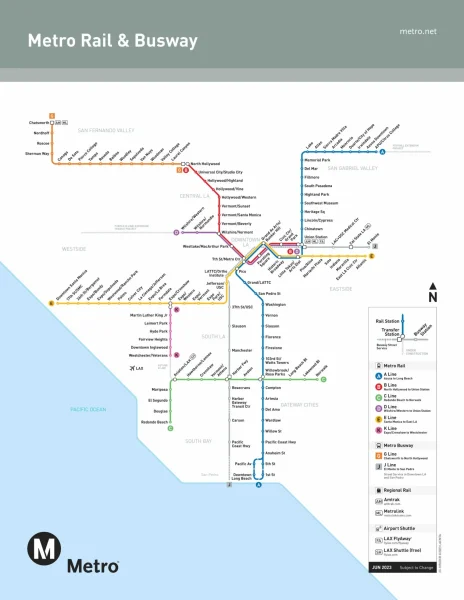
Take the example of someone near Sunset Blvd. in Hollywood who needs to commute back to Arcadia. With the former system, the Red Line needs to be ridden almost entirely, with its transfer to Union Station, already the busiest terminal in the region, towards the SGV with the poorly optimized Gold Line. With the newer system, people can transfer to a more central location, 7th Street, which, although it makes it the most crowded station in the system, helps more easily distribute commuters in all directions since it is located in L.A.’s urban core, making passengers have a more seamless exit towards the city or a swap towards the Metro’s other lines. This hypothetical commuter can then transition there and then proceed to go back to Arcadia.
The lack of stations, however, remains a pressing issue. While busways are being improved, most are still using the roads cars are using, with no separate lanes designed for quicker transit times or easier transfers, making them less practical to use. Predominantly using busways to connect from places where there are no subway connections is an impractical solution. There are so many buses that can fit on a bus lane within a manageable time frame. There has been some progress on the northern edge of L.A. County, namely with Claremont and within the city, notably towards LAX and an extension to UCLA. However, there is an urgent need to link the places that are contributing to traffic, namely the Gateway Cities and eastern L.A. County, and the sooner they are connected, the less traffic congestion will occur.
Despite the generalization that Americans do not use public transportation, there are calls to improve it. Yes, fewer people are using the subways, and yes, most people will prefer to use a car than ride a bus for a certain period. Yet, there are immense benefits to adopting a better transportation system. Amsterdam, a city known for its nicely optimized public transport, took time to do so. Initial pro-car resentments waned as highways and roads got less congested thanks to more efficient and easy-to-use transit systems available.
L.A., already one of the wealthiest and most populated cities in the world, can serve as an experiment in how we can craft an effective public transportation network on this side of the Pacific. To make our highways and roads less congested, more efficiently transport more people, and make accessing point B from point A easier, we need to improve L.A.’s Metro.


